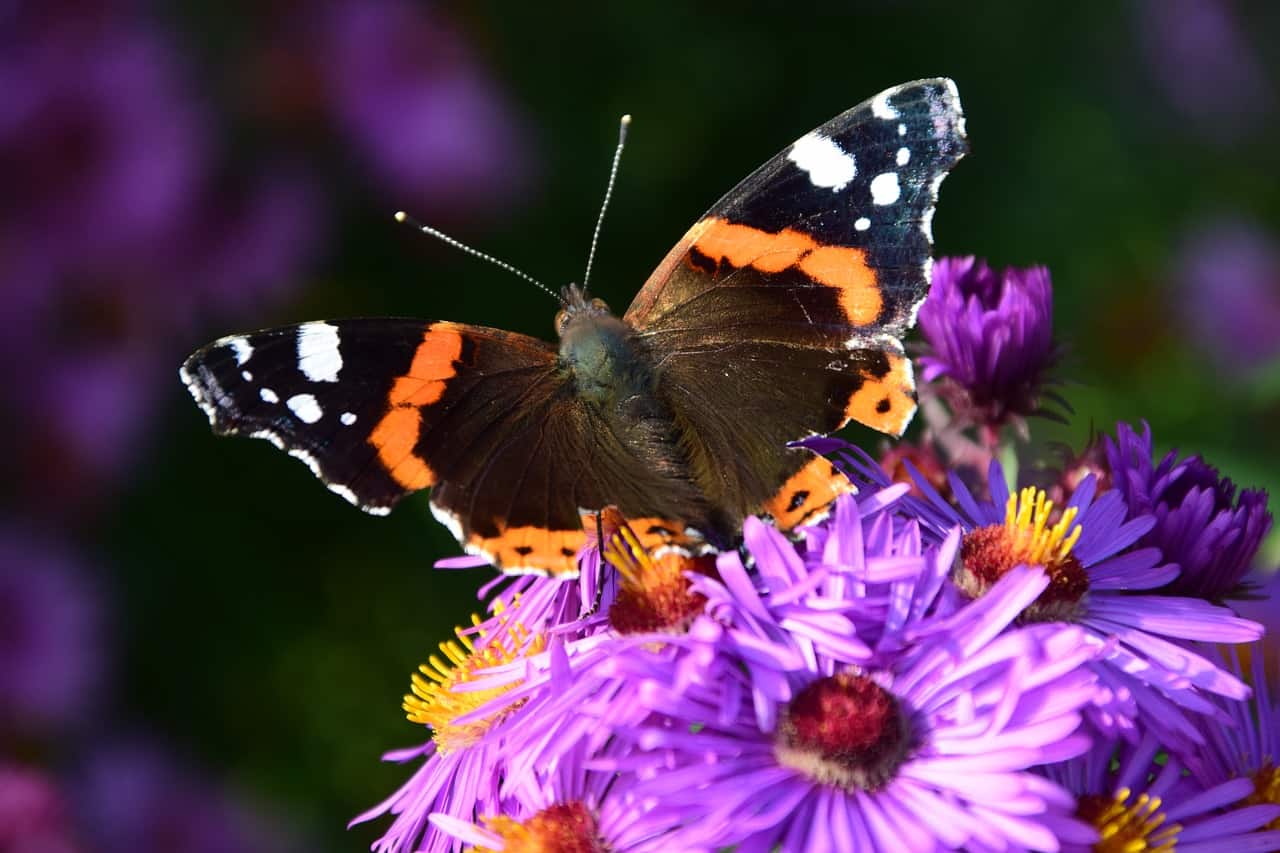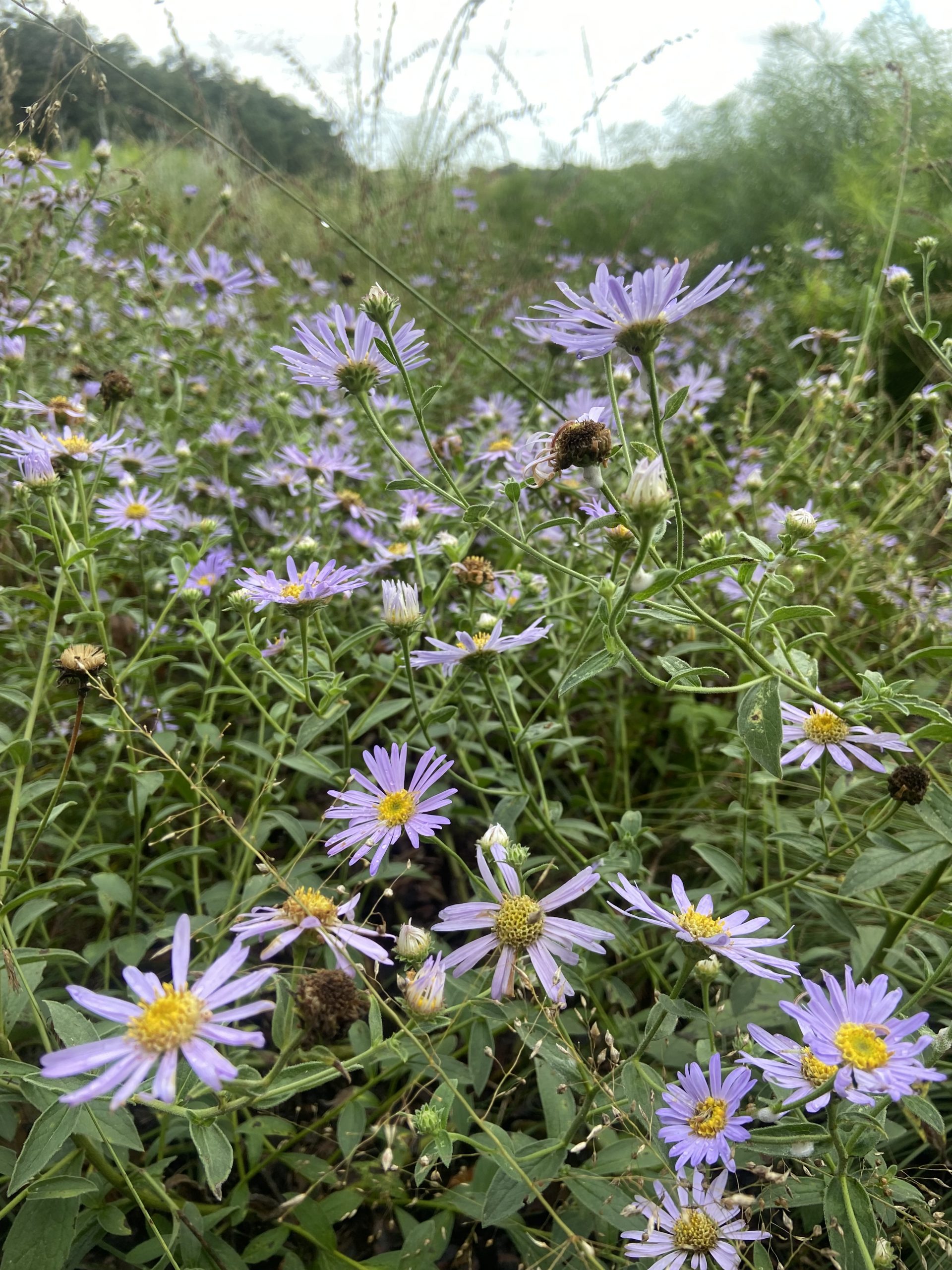Bulb Planting 101 – Bulbs in Fall
Planting bulbs in Fall is more than just picking up a few bulbs from your local garden center. It’s a celebration of new life a joyous event that needs planning and preparation!
If the sight of spring bulbs emerging through frozen earth and ice water, get’s the juices flowing then your going to need to stop procrastinating and start planning
Go-ahead and plant the following species for Guaranteed Joy in Spring
Plant for early season pollinators and native bees stop procrastinating
Choose your favorite Winter Aconite, Snowdrops, Crocus, Daffodils and Tulips. Planting Spring Flowering Bulbs in Fall is a guarantee or reminder of the coming of Spring and a way to ensure you stay connected with your garden during the winter months.

Cool Fall temperatures encourage root growth, frost and frozen ground ensure the bulb remains dormant. early spring is like a thermostat warming soil temperatures and light levels that control the timing of bulb and plant shoots emerging. Many bulbs can be naturalized (multiply naturally) Snowdrops, Winter aconite, Crocus, Grape Hyacinths, Daffodils, Tulips and many more species bulbs will increase annually, and can be planted informally for naturalizing amongst perennials, shrubs, lawns or native grasses.
Planting Bulbs in Fall as Spring bulbs bring hope of warmer weather and increased day length that stimulate growth in just a few short weeks enjoy early spring blooms when all else is barren and bleak.
Snowdrops the bringer of light
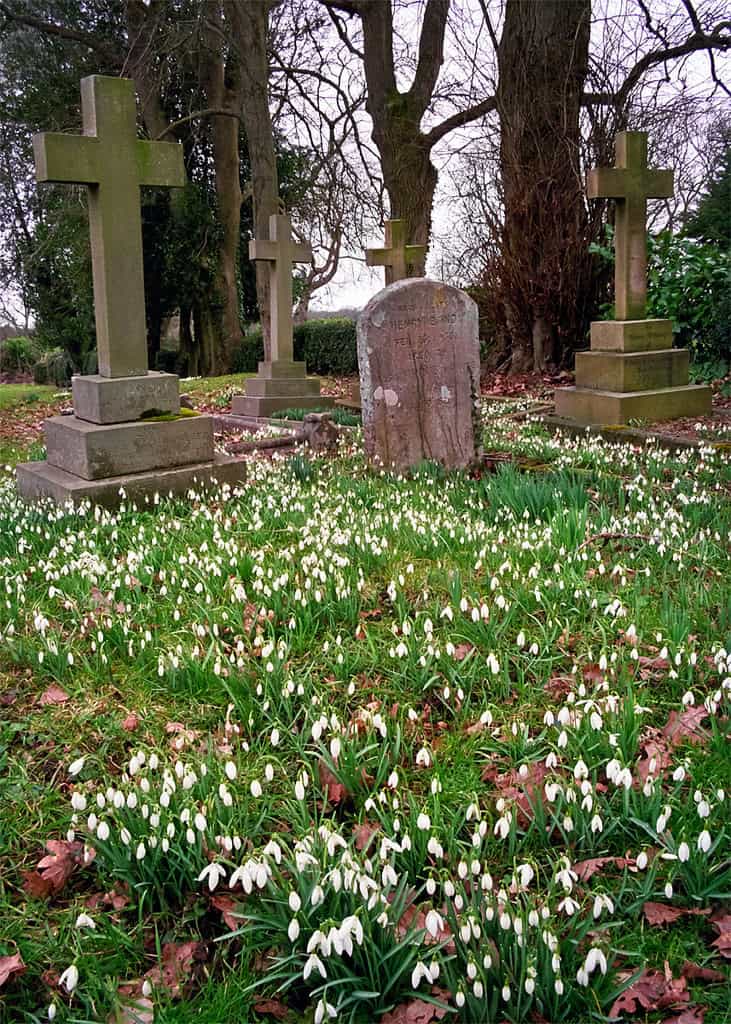


Take the snowdrop for example one of the first flowers to bloom, planting bulbs in fall of this introduced bulb from Europe will bring early spring joy to your garden. Reportedly found growing wild by traveling monks and lovesick soldiers and smuggled home or to church yards where they multiply and hybridize.
Winter Aconite – A cloth of gold in late winter
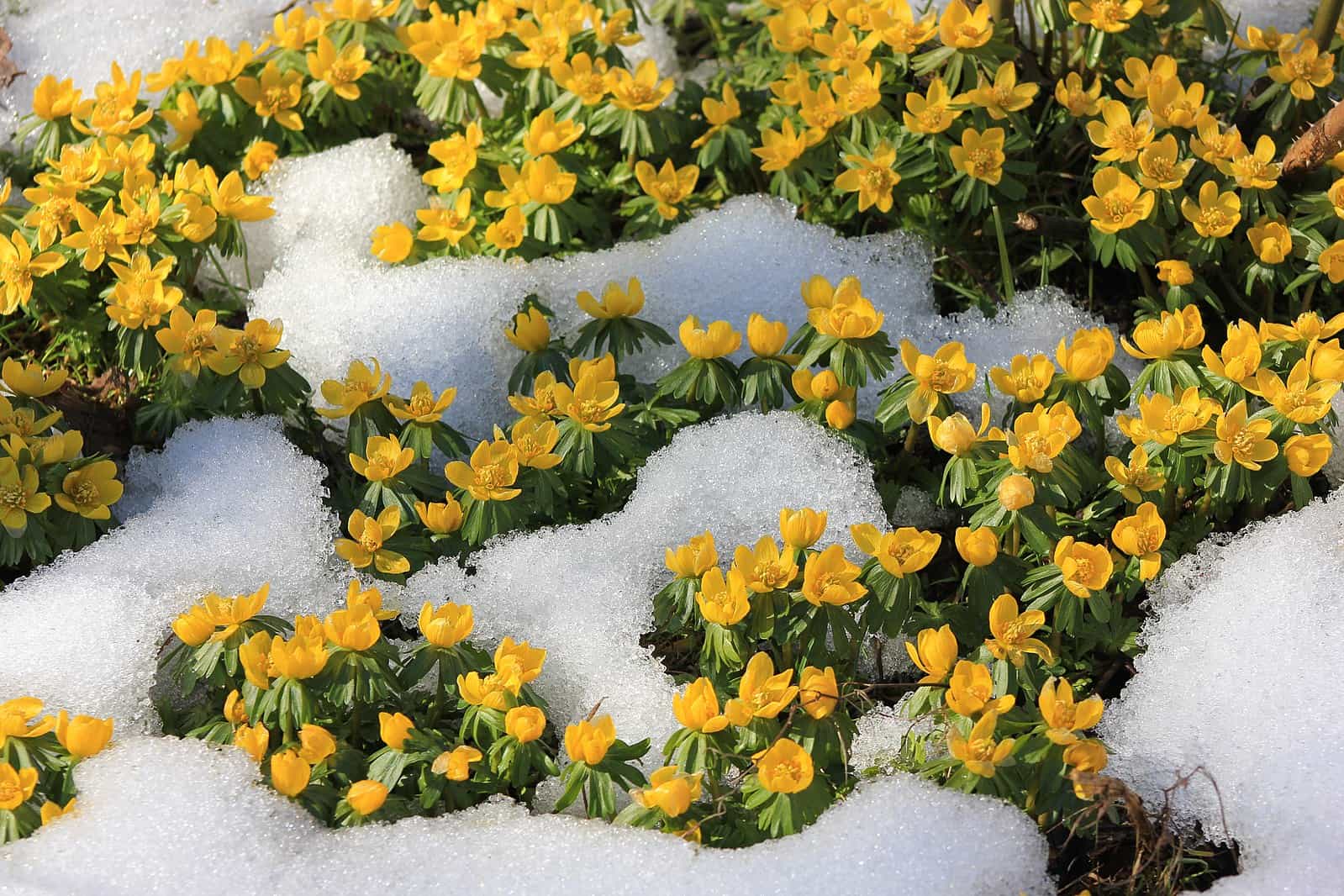

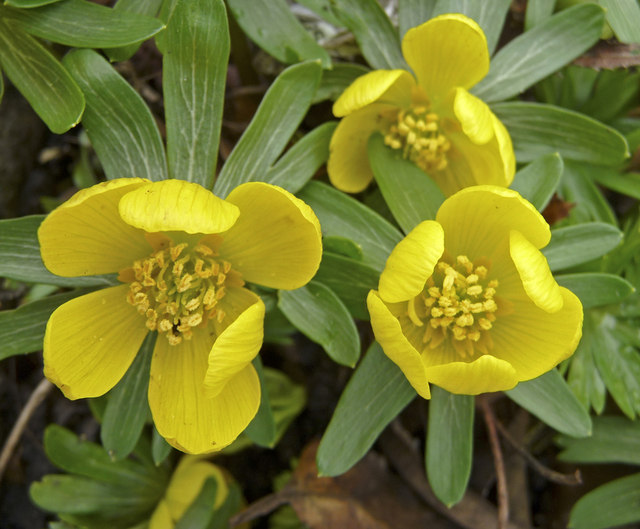
Aconites are a great addition to the woodland spring garden, often flowering during harsh wintery conditions the hardy golden blooms are a delight to those brave enough to venture out.
Crocus Spring Beauty – Essential for early pollinators
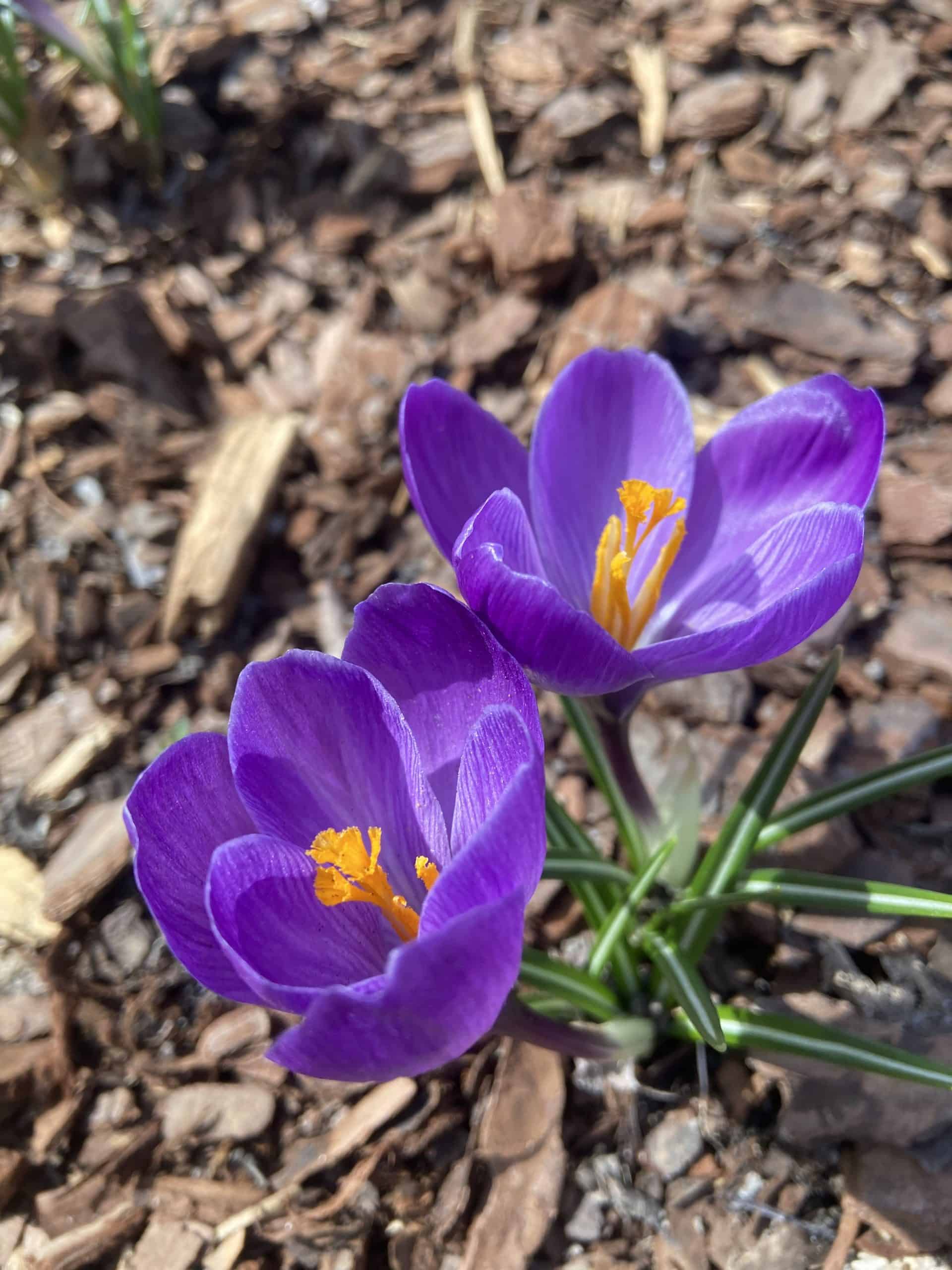


Crocus known as the light bulb flower, open for the warming sun-rays and close at night and under cloudy skies. Easy to grow and naturalize the crocus bulb is revered the world over for its early spring cheer in colors from pink through to purple and white to yellow. Crocus are native to woodland, scrub and meadows across Europe, Asia and Mediterranean regions from sea-level to mountain ranges.
Growers Tip: Plant the smaller flowered botanical crocus alongside the later, large flowered crocus corms for blooms throughout March and into April.
Grape Hyacinths a cluster of flowers that repel rodents and deer
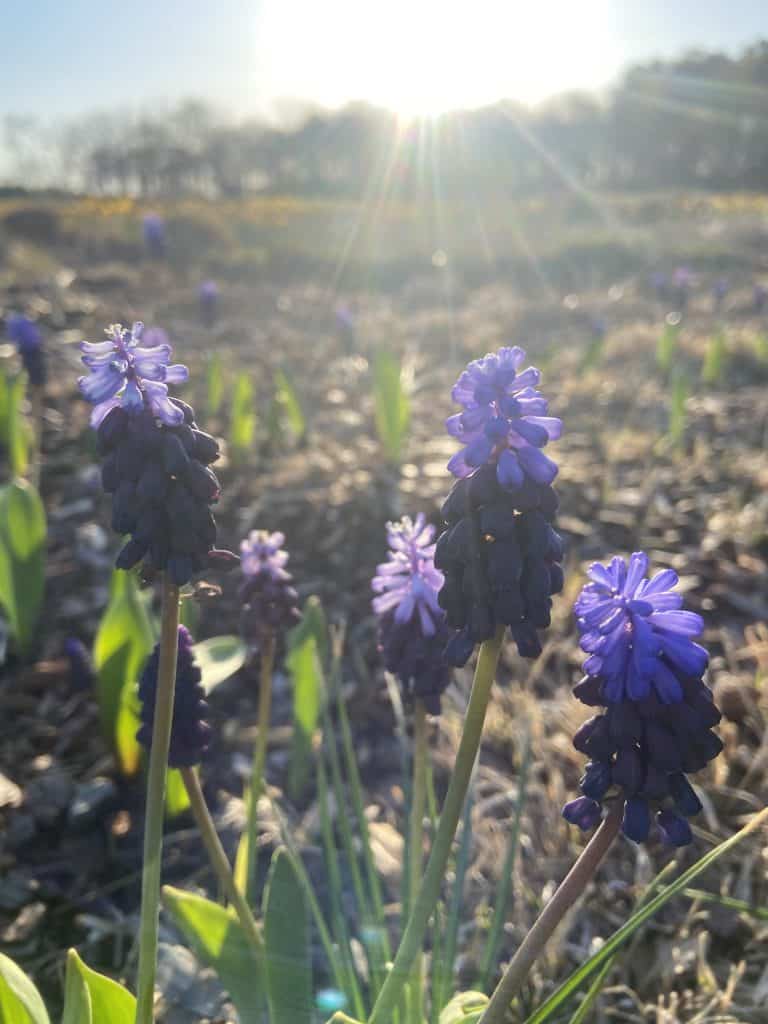
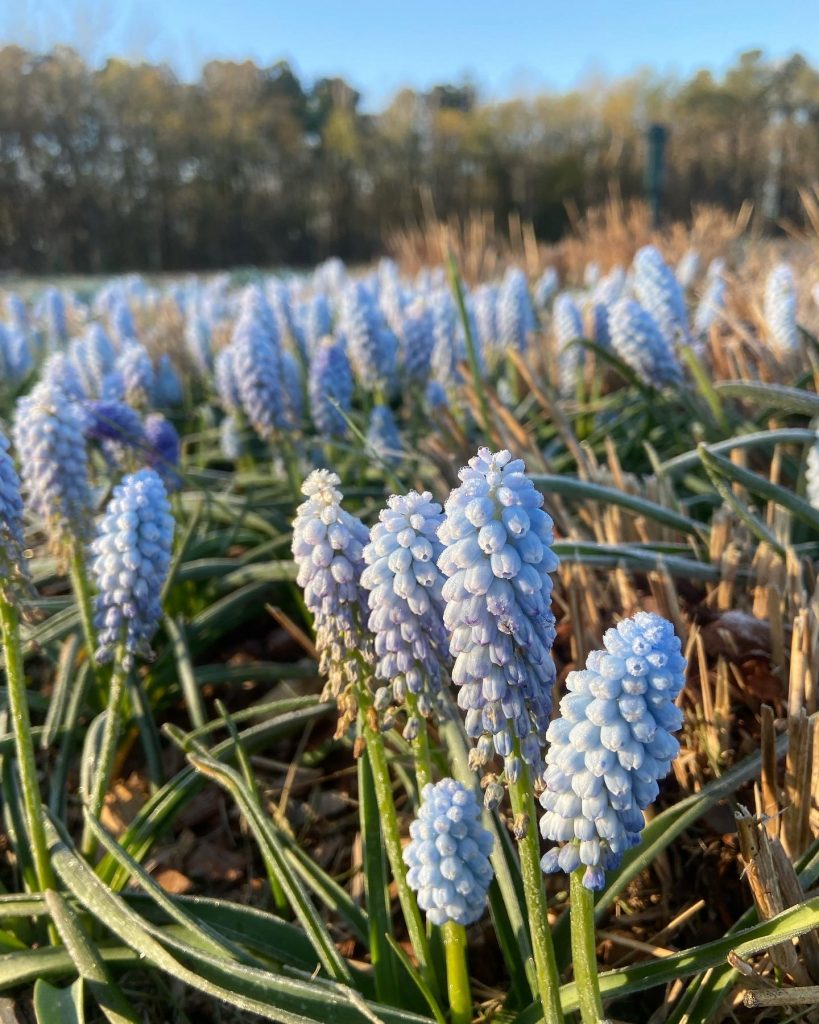

Muscari are a great addition to the garden as they bridge a gap between early crocus blooms and later flowering tulips. A variety of colors from white to pale blue and navy to deep purple a fun addition to any wild flower meadow in spring.
Growers Tip: Grape hyacinths also repel rodents and deer so make a good addition to naturalize with spring bulbs, they can be aggressive so should be planted where they will not compete with native bulbs and early spring ephemerals.
Daffodils for naturalizing in meadows


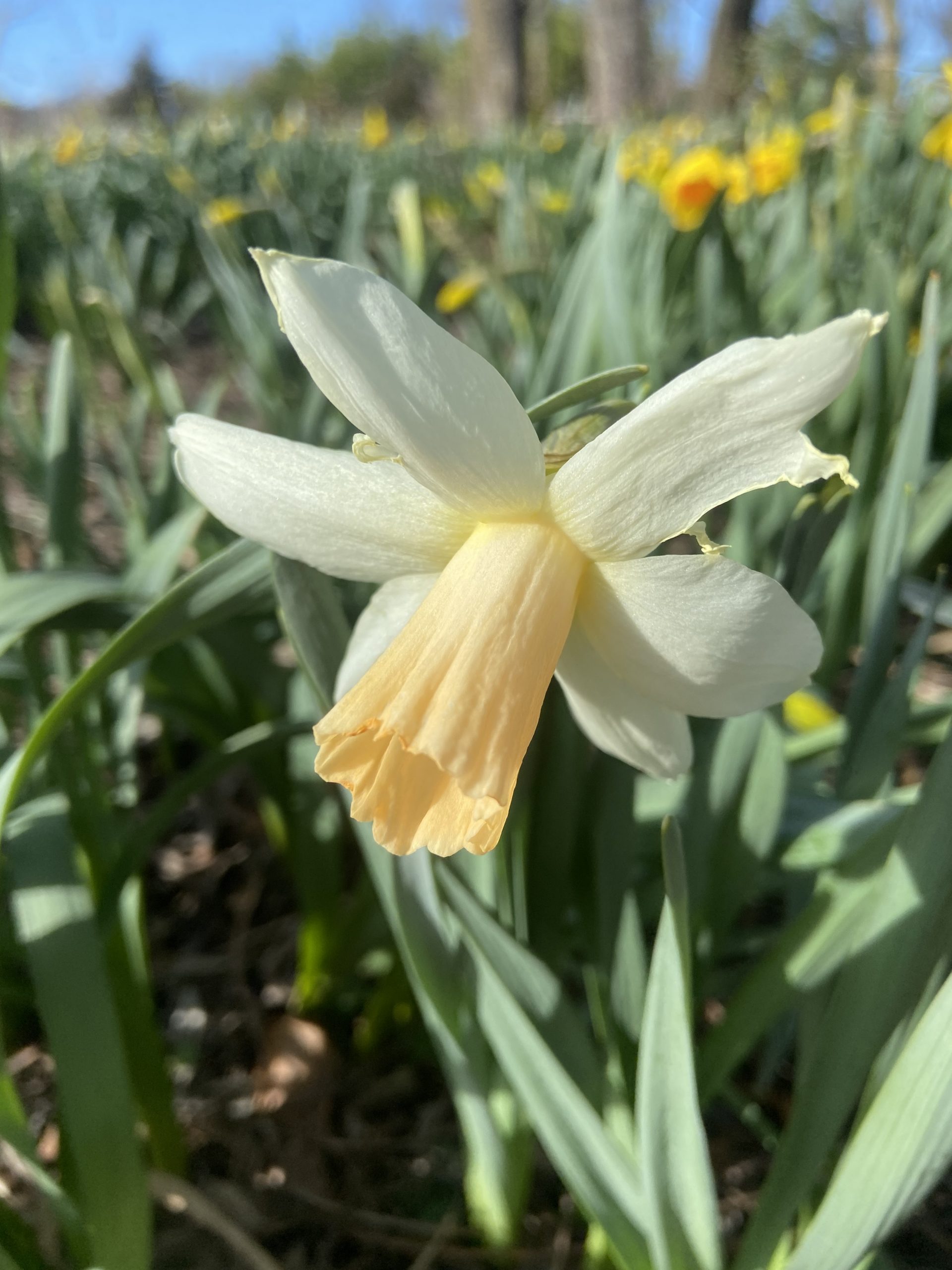
Daffodils or Narcissus are a huge genus that are popular the world over, some are suitable for naturalizing others for the alpine garden or best grown in containers. Daffodils are a hardy bulb that will endure several hard frosts and bitting winds before the blooms begin to weather.
Growers tip: Once they finish flowering simply remove the dead-head or seed-head to conserve energy as it takes a lot of energy for daffodils to produce seeds. Removing the seed-head encourages the foliage to die back faster, avoid cutting back the green leaves so that the remaining energy can re-charge the below ground bulbs, for stronger plants the following spring.
Tulips an unconditional love for this magnificent blooms

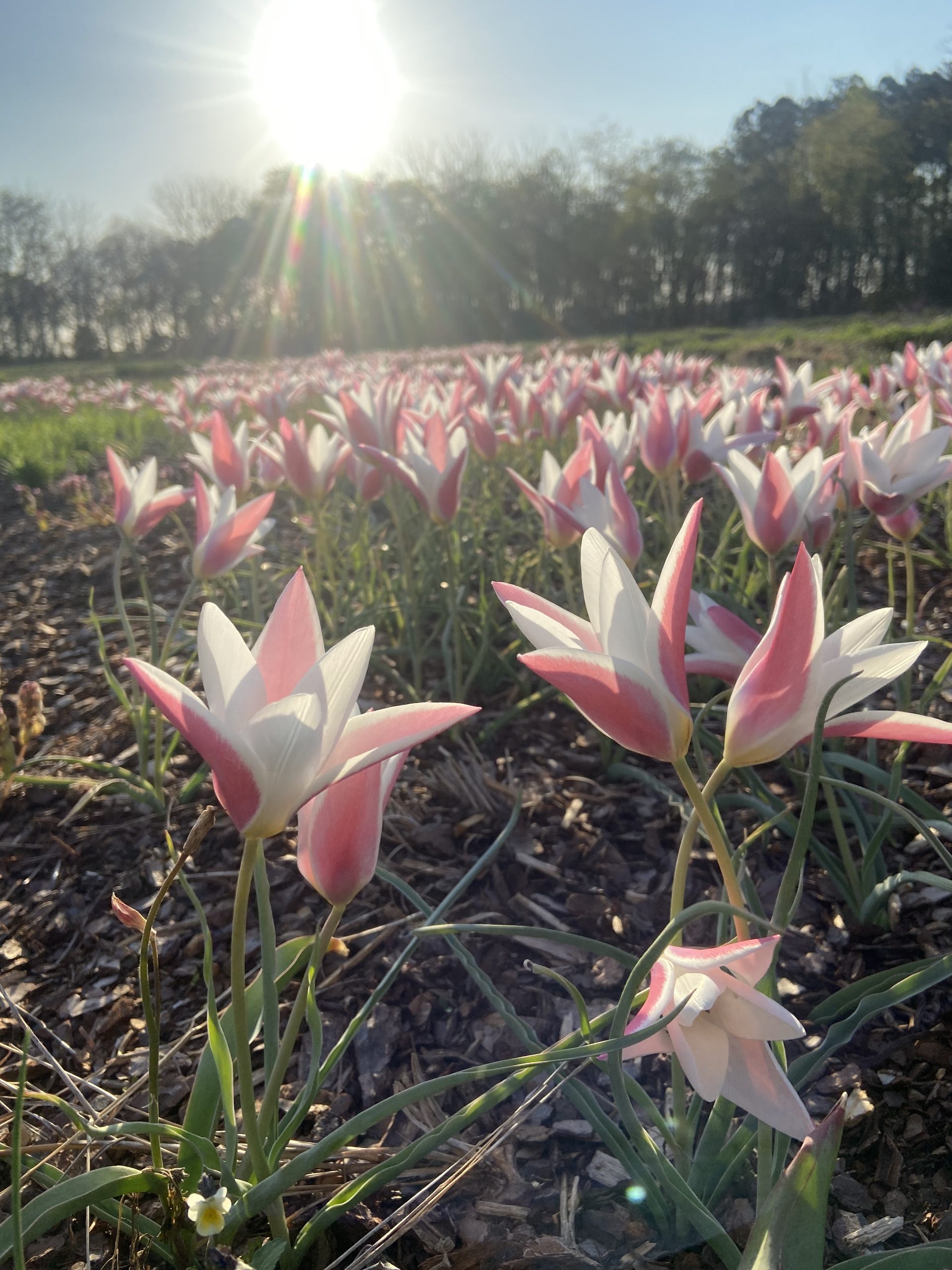

Tulips species are largely undervalued with many retailers focusing on the short-lived larger flowered hybrid tulip cultivars. Species tulips are a better choice for anyone wanting to naturalize spring bulbs as a perennial bulb they return every year, increasing in group size in full-sun free-daring conditions.
Growers tip: Plant a selection of species bulbs so you enjoy multiple blooms throughout April.
I believe in native plants, they are cost-effective and sustainable because they do not need fertilizers or chemical treatments, they also require less watering and help combat soil erosion, whilst reducing stormwater impact.
Native plants are practical, sustainable, and environmentally friendly, helping us all get closer to nature and appreciate life’s natural balance. Discover an online World of adventure with Native Plants >> Social Links

